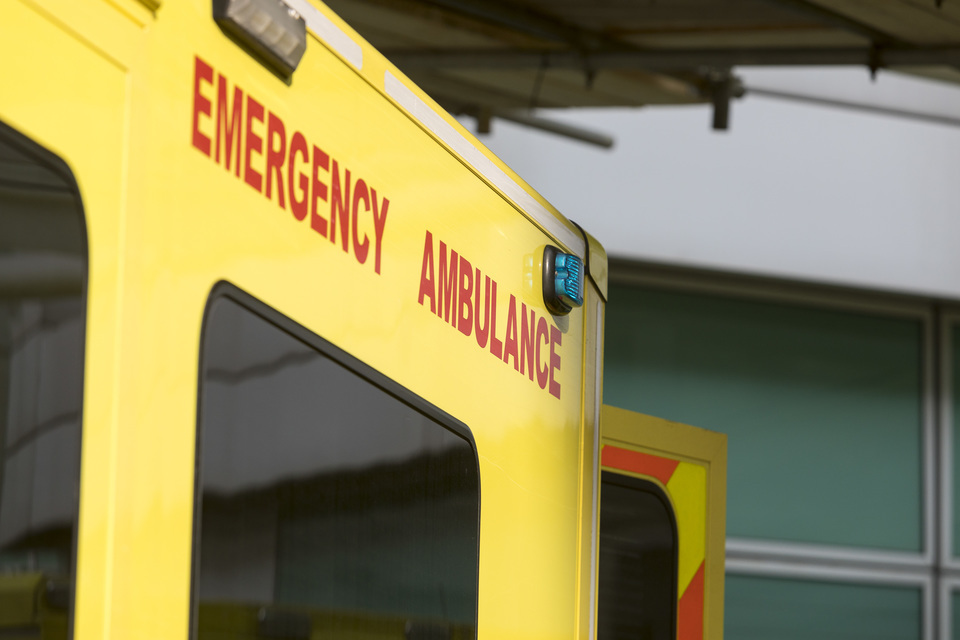Nearly £450 Million Investment to Expand Urgent and Emergency Care Facilities
At the peak of last winter’s crisis, Sarah Thompson stood for hours in an A&E corridor, her breathing labored. The man beside her groaned softly, another patient lost in a labyrinth of delays. For too many, this has become a grim reality—a frustrating wait for care that can turn urgent situations into dire emergencies. In response to pressing demands, the UK government has rolled out an ambitious £450 million strategy aimed at revolutionizing urgent and emergency healthcare, promising faster and more appropriate responses for patients.
A Comprehensive Investment Plan
Central to the government’s “Plan for Change,” this plan aims to transform NHS services and significantly alleviate pressure on A&E departments. It seeks to ensure that, by 2026, approximately 800,000 fewer patients will have to endure waits longer than four hours in emergency departments.
Dr. Linda Ainsworth, a public health analyst, emphasizes the need for immediate action. “The structure of emergency care has shown itself to be inadequate, often putting patients at risk while they wait. This investment could be a game-changer,” she states, citing a recent study that revealed over 1 in 5 A&E visitors did not require urgent medical assistance.
Key Features of the Plan
- Establishment of around 40 new same-day emergency care and urgent treatment centres that can treat and discharge patients promptly, mitigating the need for unnecessary hospital admissions.
- Creation of up to 15 mental health crisis assessment centres designed to provide appropriate care in non-A&E environments, allowing patients to receive timely specialist support.
- Rolling out nearly 500 new ambulances by March 2026 to improve response times and reduce waiting periods significantly.
Health Secretary Wes Streeting has stated, “No patient should ever be left waiting for hours in hospital corridors. Through these measures, we aim to deliver faster and more convenient care in emergencies.” The NHS, strained under a decade of underinvestment, now confronts a threefold crisis: rising demand, dwindling resources, and increasing public dissatisfaction.
A Shift Towards Community Care
The government’s plan is rooted in a pivotal shift toward community care, promoting healthcare delivery closer to patients’ homes. This change not only eases the burden on hospitals but also ensures that care is more tailored and fitting. Patients dealing with mental health crises, for instance, are often ill-suited for the chaotic environment of an emergency room.
“The proposed mental health crisis centres will significantly improve the timeliness and appropriateness of care,” says Dr. Marcus Green, a clinical psychologist. “A professional trained to deal with such crises can provide immediate support, which is crucial for recovery.”
Addressing Systemic Challenges
Every day, over 140,000 people access urgent and emergency care services across England. With a staggering increase in demand—ambulance service usage alone has risen by 61% since 2010—the need for systemic reform has never been more urgent. Many patients find themselves in A&E not because of genuine emergencies, but because alternative healthcare pathways are unavailable. This inefficiency costs the NHS upwards of £400 per A&E visit compared to £40 for a GP appointment. Yet, as the new plan suggests, the focus should be on:
- Increasing paramedic-led care in the community, ensuring that emergency medical needs are attended to at the scene or at home.
- Boosting the capacity of urgent community response teams that deliver immediate care, thereby aiding patients in remaining independent.
- Leveraging technology through virtual wards to provide hospital-level care at home, accelerating recovery and freeing up vital hospital resources.
The urgency and clarity of the new intervention reflect an acknowledgment by health leaders of the precarious state of the NHS. Daniel Elkeles, Chief Executive of NHS Providers, asserts, “This plan lays the groundwork for enhanced collaboration across the healthcare spectrum.” His optimism is echoed by NHS Chief Executive, Sir Jim Mackey, who emphasizes a commitment to restore the system’s capacity to provide efficient emergency care. “We need to get the basics right for our patients and staff,” he insists.
Insights from Health Leaders
The consensus among health experts suggests that collaborative strategies could effectively stabilize the NHS during periods of heightened demand. Anna Parry, Managing Director of the Association of Ambulance Chief Executives, underscores this, stating, “This plan lays the foundations for urgent reform. By focusing on integral system-wide care, we can ensure that both health professionals and patients experience a more streamlined service.”
As uncertainty looms over another winter, the government’s ambitious plan aims to mitigate previous crises by addressing not just the symptoms, but the systemic issues within England’s healthcare system.
As the NHS embarks on this bold journey toward modernization, the stakes are high. The disparities in care must not only be recognized but actively addressed; the emphasis now is as much on innovative approaches as it is on combating the spiraling demand for emergency services. Patients like Sarah Thompson, who once languished in corridors and lifeline A&Es, will hopefully soon share their stories of expedient care and restored trust in the NHS.
Source: www.gov.uk


